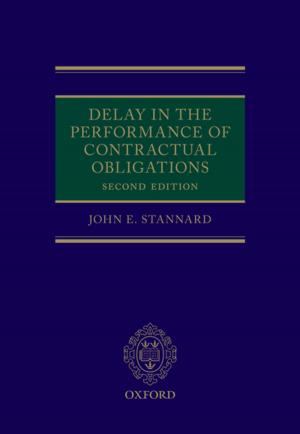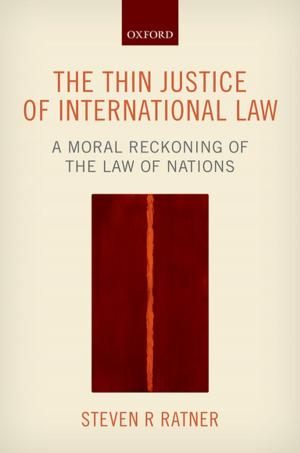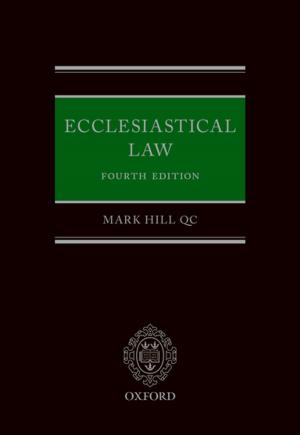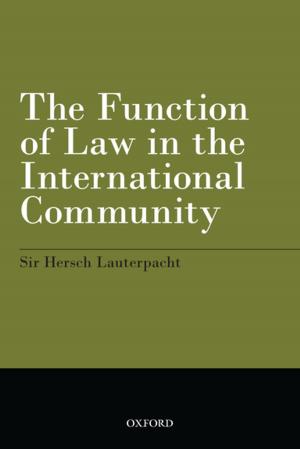Carbon-Energy Taxation
Lessons from Europe
Nonfiction, Science & Nature, Nature, Social & Cultural Studies, Political Science, Business & Finance| Author: | ISBN: | 9780191610080 | |
| Publisher: | OUP Oxford | Publication: | October 29, 2009 |
| Imprint: | OUP Oxford | Language: | English |
| Author: | |
| ISBN: | 9780191610080 |
| Publisher: | OUP Oxford |
| Publication: | October 29, 2009 |
| Imprint: | OUP Oxford |
| Language: | English |
When taxes are introduced on carbon and energy, and the revenue is used to reduce other taxes, will a positive effect be achieved both for the environment and for the economy? In 1990 Finland was the first country to introduce a tax on CO2. Later, Sweden, Denmark, Netherlands, Slovenia, Germany and the UK followed suit with tax reforms that shifted taxation from labour to carbon and energy. Over the years, CO2 and energy taxes have gradually been raised, so that in Europe taxes of more than 25 billion Euros a year have been shifted. This book examines carbon-energy taxation in detail and looks at tax shifting programmes for lowering other taxes. It offers extensive analysis on the basis of historical data and seeks to answer important questions for policy-making, such as: What was the impact of tax shifting for economic performance and competitiveness? By how much were emissions of CO2 reduced? Could energy-intensive industries cut further down on their fuel demand or did they loose market shares? To what extent was there 'leakage' from Europe, so that production and CO2 emissions were shifted to other countries or regions without CO2-abatement policy? The use of unique and original data, including sector-specific energy prices and taxes, as well as the use of advanced statistical techniques, such as co-integration analysis and panel-regression techniques along with the time-series estimated macro-economic model E3ME, make this a truly comprehensive volume. On the basis of the lessons learned in Europe, this volume indicates how carbon-energy taxation could usefully be combined with emissions trading, and discusses implications for future international climate policy, including how the IPCC recommendations for a gradual escalation in carbon price could be accomplished while preventing carbon leakage.
When taxes are introduced on carbon and energy, and the revenue is used to reduce other taxes, will a positive effect be achieved both for the environment and for the economy? In 1990 Finland was the first country to introduce a tax on CO2. Later, Sweden, Denmark, Netherlands, Slovenia, Germany and the UK followed suit with tax reforms that shifted taxation from labour to carbon and energy. Over the years, CO2 and energy taxes have gradually been raised, so that in Europe taxes of more than 25 billion Euros a year have been shifted. This book examines carbon-energy taxation in detail and looks at tax shifting programmes for lowering other taxes. It offers extensive analysis on the basis of historical data and seeks to answer important questions for policy-making, such as: What was the impact of tax shifting for economic performance and competitiveness? By how much were emissions of CO2 reduced? Could energy-intensive industries cut further down on their fuel demand or did they loose market shares? To what extent was there 'leakage' from Europe, so that production and CO2 emissions were shifted to other countries or regions without CO2-abatement policy? The use of unique and original data, including sector-specific energy prices and taxes, as well as the use of advanced statistical techniques, such as co-integration analysis and panel-regression techniques along with the time-series estimated macro-economic model E3ME, make this a truly comprehensive volume. On the basis of the lessons learned in Europe, this volume indicates how carbon-energy taxation could usefully be combined with emissions trading, and discusses implications for future international climate policy, including how the IPCC recommendations for a gradual escalation in carbon price could be accomplished while preventing carbon leakage.















